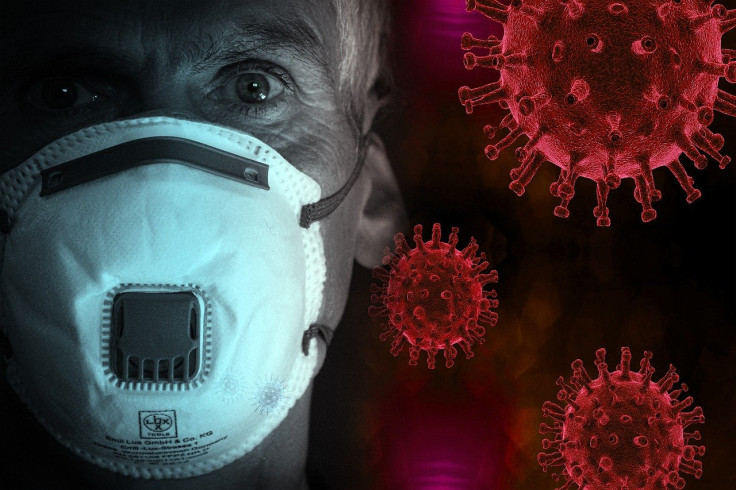Debate continues among experts regarding SARS-CoV-2 transmission via aerosol
Although the WHO acknowledged the possibility that SARS-CoV-2 can be transmitted in aerosol, it requires definitive proof before it reviews safety protocols.
Last week, more than 200 scientists who have closely studied aerosols publicly criticised the World Health Organization (WHO). The group claims officials ignored the fact that the 2019 novel coronavirus can possibly remain airborne longer and travel farther than what was established before. On the other hand, the rest still insist that transmission can only happen through direct contact or by respiratory droplets from an infected person. Thus, many are now worried that the current precautionary measures might not be as comprehensive as previously thought.
This has been a long-running debate among the medical community for almost a century now. Even though the WHO acknowledged the possibility that SARS-CoV-2 can infect people while in aerosol form, it requires definitive proof before it reviews safety protocols. So far, notable pathogens that have exhibited this trait are tuberculosis and measles. If the argument is found to be accurate, then healthcare systems would need to rework everything.
University of Colorado chemist Jose Jimenez stated: "WHO's slow motion on this issue is unfortunately slowing the control of the pandemic." He, along with other experts of aerosol science worry that the UN agency is still stuck on an outdated belief. This suggests that direct contact or just being within a specific range of a COVID-19 patient is the only way to get infected.
Meanwhile, lead author of the open letter and University of Maryland aerobiologist Dr. Donald Milton said: "It's part of the culture of medicine from the early 20th century. To accept something was airborne requires this very high level of proof." Given that the WHO is tasked with relaying important findings to countries of varying levels of resources and income, there should be solid evidence to back the claims.

This would lead to unexpected shortages of personal protective gear such as N95 respiratory masks. Furthermore, ventilation systems must be reworked to account for aerosol transmission of the virus. For now, the WHO's findings on aerosol transmissions remain unchanged. University of Calgary infectious disease expert Dr. John Conly argues that if SARS-CoV-2 was indeed airborne, global cases of COVID-19 would already be in the billions. Nevertheless, it is possible that aerosolisation is to blame for infections in poorly ventilated areas.
© Copyright IBTimes 2025. All rights reserved.





















